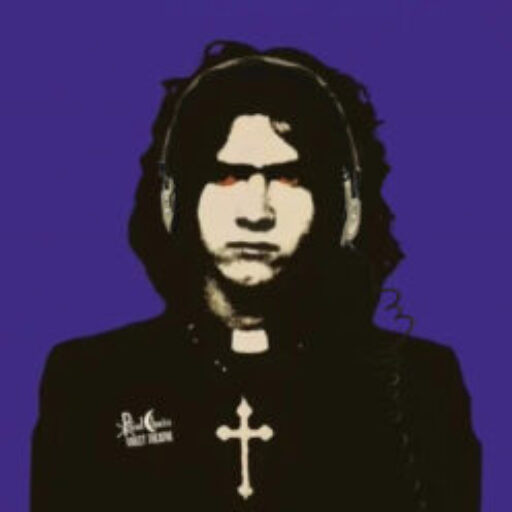Avernus – Grievances REVIEW (2024): A Haunting Return to the Depths of Grief
Grievances marks the return of Avernus after an extended hiatus, and the album feels like it has been simmering under the weight of that absence. Emerging from Chicago’s early nineties doom-death underground scene, Avernus has been known for combining a gothic, atmospheric sound with crushing heaviness. In Grievances, they delve deeper into the themes of loss, decay, and grief that have defined much of their early work.

The album’s cover art sets the emotional tone for what’s to come. Adapted from the ~1878 painting Anguish by August Friedrich Schenck, it features a grief-stricken sheep mourning her dead lamb in a desolate, snow-covered landscape, surrounded by a murder of crows. This image of raw, maternal sorrow, framed by the cold indifference of nature, perfectly mirrors the thematic content of Grievances. It signals an album steeped in lament, one that meditates on the inevitability of death and the quiet beauty found within despair.
The album opens with Calling The Void, a brief instrumental that sets a haunting, gothic tone. Subdued and almost ethereal, the track creates a sense of anticipation before Nemesis gradually unfolds. Spanning nearly ten minutes, this track is anchored by slow, deliberate riffing that seamlessly transitions between moments of quiet reflection and intense bursts of anguish.
As the band explains in the official video’s description, this emotional turbulence reflects humanity’s neglect of Mother Earth, contrasting her ability to recover from disasters with our own instability—where moments of calm are shattered by sudden, uncontrollable surges of grief.
The gothic undertones of Avernus’ sound are particularly prominent in tracks like Exitus, where ethereal synths float beneath the heavy, lumbering riffs. These moments of melodic respite offer glimpses of hope or uplift, but the band never allows them to linger too long, pulling the listener back into the album’s central theme of inevitable decline. Indeed – the balance between doom’s weight and gothic melancholy is one of the album’s key strengths.
As Grievances progresses, a sense of frustration begins to build, especially in tracks like Return To Dust. Yet, even in these moments of raw emotion, there’s an underlying sense of acceptance, as if the anger is merely part of the larger cycle of mourning. Utter Euphoria features striking synth arrangements and vocal interplay that draw, once more, on both doom and gothic influences, which give the track an almost cinematic feel.
Grievances reaches its emotional apex with Quietus, a track that encapsulates the full weight of the album’s journey. The final piece is a slow, heavy meditation on closure, balancing moments of quiet sorrow with an eruption of cathartic rage. As the closing statement of the album, Quietus ties together the themes of loss and decay, offering no easy resolutions but instead presenting grief as something to be endured rather than overcome.

Image source: Avernus Bandcamp
In Grievances, Avernus has crafted an album that channels the anguish depicted in its cover art into a cohesive, emotionally complex listening experience. While the album revisits familiar doom-death and gothic territory, its execution feels fresh, with each track contributing to a broader narrative of grief and acceptance. This return may have been long in coming, but it solidifies Avernus as a band that understands how to make the heavy feel meaningful.




1 Response
[…] ⭐ REVIEW […]